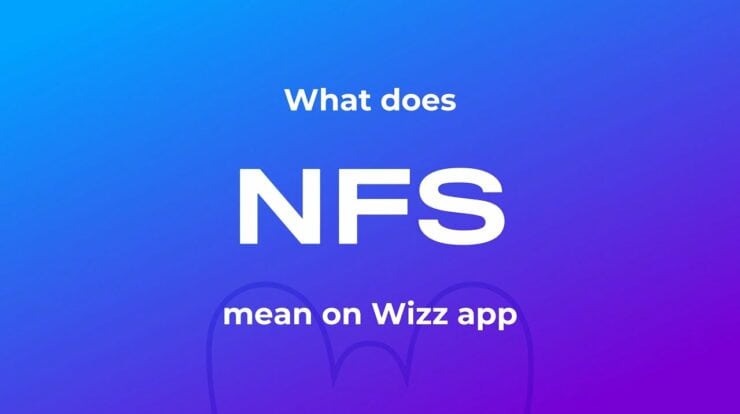
OWASP is a multinational non-profit group devoted to online application security. OWASP’s guiding principle is that all of their resources should be available without charge and simple to find on their website, enabling anyone to increase the security of their web applications. The OWASP Top 10 is a project that they may be best recognized for. They also provide forums, tools, videos, and documentation among other things.
What Is OWASP Top 10?
The OWASP API Top 10 lists the top 10 most significant web API security threats along with recommendations for mitigating those risks. The study is based on an agreement among cybersecurity specialists from all around the world and draws on the considerable expertise and experience of OWASP’s open community contributors.
The Top 10 list is managed by The Open Web Application Security Project, which has done so since 2003. Every two to three years, they update the list to reflect new advances and changes in the AppSec industry. Many of the biggest companies in the world use OWASP as an internal Web application development standard, a valuable checklist, and a source of actionable information.
The report provides developers and web API security experts with knowledge of common security threats so they can incorporate the report’s recommendations and conclusions into their security guidelines and reduce the presence of known dangers in their apps. The top 10 threats include the following:
1. Injection
Queries like SQL, NOSQ, or LDAP can be injected with untrusted data when it is parsed and capable of doing so. This can lead to the execution of unauthorized instructions or unauthorized access to data.
2. Broken Authentication
When user administration and authentication are not handled properly, attackers may be able to acquire passwords, and session token keys, or even use the system pretending to be other users.
3. Exposure to Sensitive Data
Web APIs that do not secure user data pose the danger of revealing financial, medical, personal information, or other private data. As breaches can result in credit card theft, identity theft, and other crimes, this information needs to be handled with extra caution.
4. XML external entities (XXE)
Incorrectly configured or outdated XML processors assess external units within XML documents. This can be leveraged to expose internal files, causing port scanning, code execution, or DDOS attacks.
5. Broken access control
Permission levels for authorized users are sometimes not effectively enforced, allowing access to accounts of other users, adjusting their permissions, reading private data, or altering their data.
6. Security misconfigurations
One of the most frequent vulnerabilities is security misconfiguration. This might include employing unsafe defaults, lacking or impromptu configuration, and wordy error messages revealing private information. When it is practicable, all systems, frameworks, programs, and libraries must be securely set up and patched.
7. Cross-Site Scripting (XSS)
Attackers can employ XSS to run scripts in user browsers to capture their sessions, carry out unwanted actions, and forward to malicious websites when insecure data on a web page isn’t correctly validated.
8. Insecure deserialization
Deserialization errors in APIs can lead to injection attacks, privilege escalation attacks, replay attacks, and remote code execution.
9. Using components with recognized vulnerabilities
Since application components operate with the same degree of access as other applications, their use could impair the program’s defenses against attacks if a weakness in one of them can be misused.
10. Insufficient logging and monitoring
Without enough logging and checking of internal systems and weak incident responses, hackers can breach one system, gain access to others, and then remove, alter, or delete data.
Why Is the OWASP Top 10 Important?
The gravity of the vulnerabilities, the regularity of security errors, and the scale of their effects are used to grade the risks.
The report’s objective is giving developers and specialists in web API security a good understanding of prevalent security problems to incorporate the report’s conclusions into their security procedures. This can reduce the likelihood that such known threats will be present in their online apps.
Auditors frequently interpret the failure to handle the OWASP Top 10 as a warning that compliance values may not be up to par in an organization. The Top 10’s incorporation into its software development life cycle reveals a wide appreciation for the best secure development methods in the market.
Your organization’s credibility will also increase if you use OWASP guidelines as a component of your risk management and software development process. Code review frameworks and recommendations established by OWASP serve as an industry standard and give developers guidance for the finest penetration testing techniques. Additionally, it helps developers implement their penetration testing manuals and assess risk in light of their surroundings.
End Note
Note that the OWASP Top 10 Security Vulnerabilities are not a regulation or a law, and organizations can or may not abide by its security recommendations. OWASP prepared the list available to assist individuals or organizations in understanding what to check for when creating websites or web applications and how to always create safe applications for the general public. However, it is highly recommended to abide by the OWASP Top 10 as it provides many benefits as mentioned.


